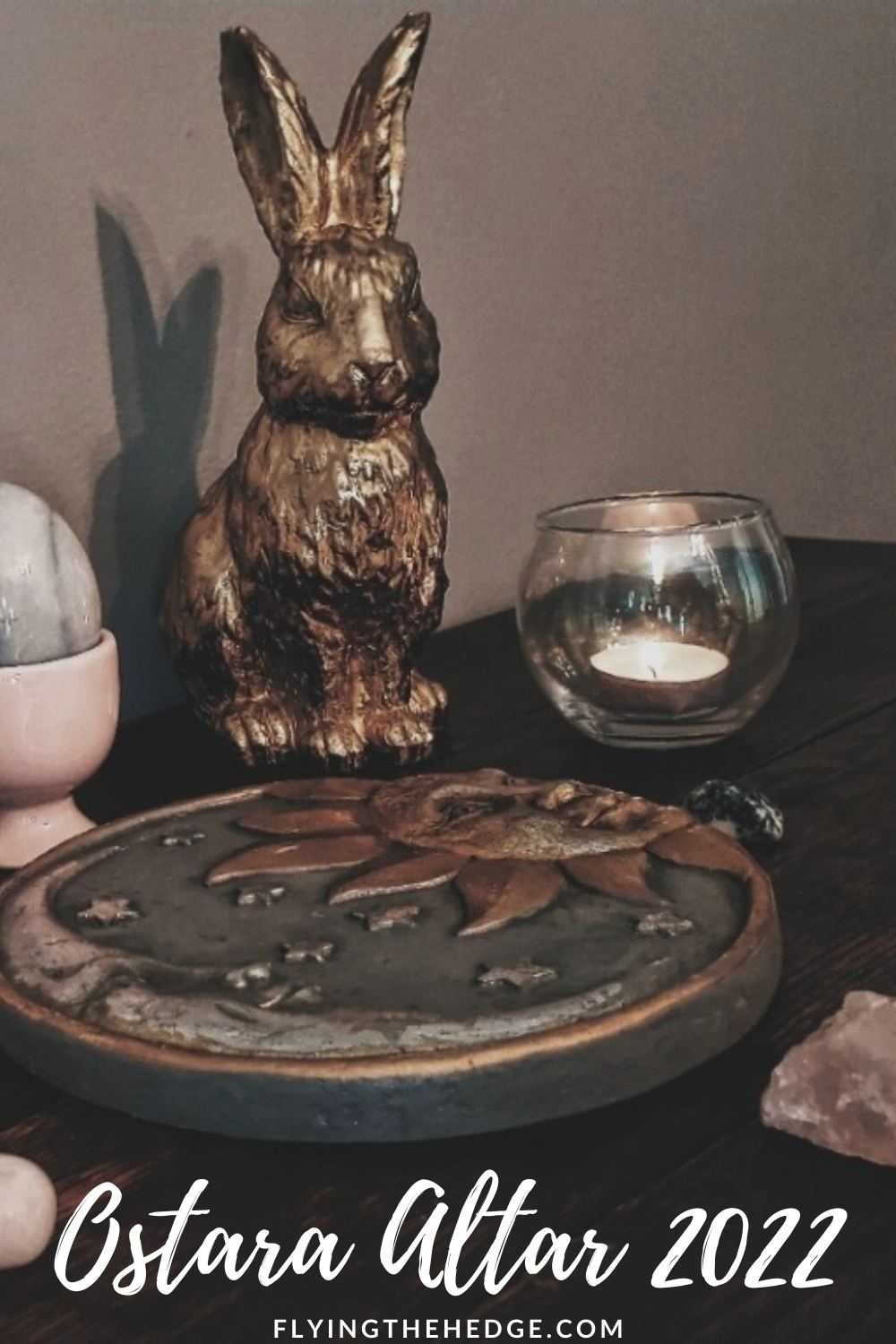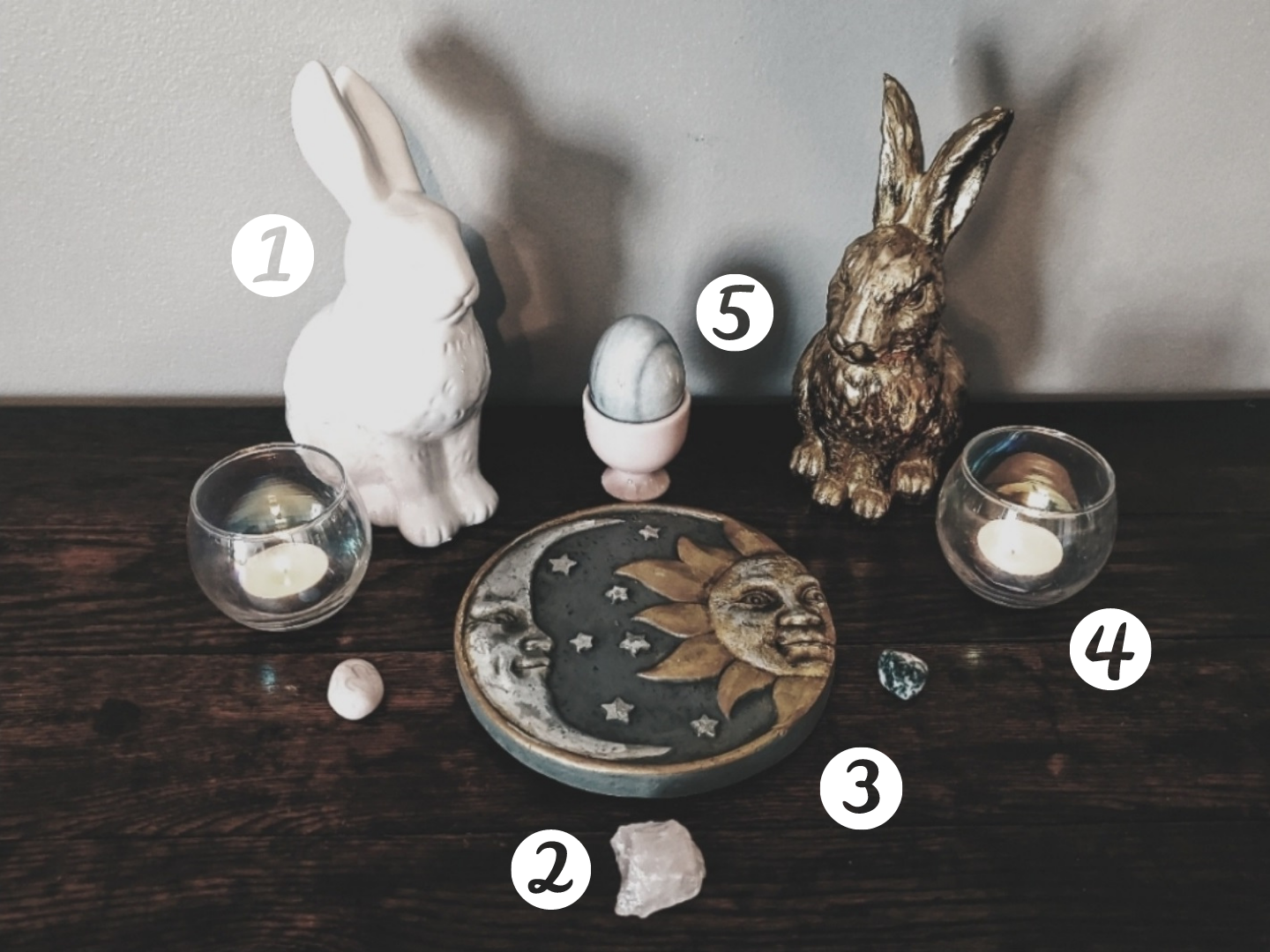It's all well and good to cast a spell, but what happens when things don't go the way you intend or your previous intentions no longer align with your current intentions? This is where breaking your own spells becomes incredibly important. This topic is almost always overlooked in the occult community, leaving generations of witches ill-prepared when a spell goes awry. I hope to fill that void today by discussing why and how to break your own spells, and how to build in loopholes to make breaking them easier.
Why Break A Spell?
So first, why would a witch want to break a spell they painstakingly created, raised energy for, and cast into the Universe? Well, there are several reasons, the biggest of which being the spell flopped. Sometimes when we cast a spell, things don't go the way we initially intended, which is why logging your spells is so important. This can happen for a variety of reasons including vague intent, lack of effort, or even asking for something too specific. The Universe is very literal and does a great job of giving us exactly what we ask for, whether it's what you really want or not. This can mean a spell to attract a lover ends up attracting attention from everyone, including people you don't want attention from. Or maybe you banished negativity from your home which inadvertently ended your relationship with your significant other (Am I drama?). Needless to say, if the spell ends up backfiring or giving you something you didn't originally intend, you'll likely want to break the spell to prevent any further damage. This is where loopholes come in which I will discuss in just a moment.
Other times a spell needs to be removed because we no longer wish it to continue. This is true of protection spells and wards that you remove once you leave a property, sell an object, or no longer feel the need for the spell to continue. No matter the reason, know how to remove and break your own spells is an important skill, one that is often overlooked in most introductory books.
Creating Spell Loopholes
I have mentioned spell loopholes briefly in the past and included them on my
Spell/Ritual Worksheet, but haven't extensively talked about them in any capacity. A spell loophole is a quick and easy way to stop a spell in its tracks and prevent it from continuing to do damage. Loopholes can technically be built into every spell, although there are some you don't necessarily want to break such as most protection and cleansing spells (which is why I often say these types of spells can't be undone, at least not in a traditional sense).
Loopholes can be created in multiple ways and are completely dependent on a spell. This, again, is why keeping a detailed record of your spell work is so important. Even if you didn't initially build in a fail-safe, going back and looking at everything you said, used, and did during a spell or ritual can help you break it. Sometimes this means dismantling something you made, reversing the words and/or movements you did, or sometimes creating an entirely new spell to end the other. This last option is most often employed to break another witch's spell, but can also be used by you to counter your own spells. So how do you know which option to pick? Again, that is entirely up to the spell you performed, but below is a list of some spell types and ways to break them.
Spell Jar: Dismantle jar. Dispose of the spell remains away from your property, especially if the jar was designed to draw something to you or used for protection. You will want to cleanse yourself afterward.
Spell Sachets & Bags: Dismantle bag. Like spell jars, the remains of the spell should be disposed of away from your property or burned. Cleanse afterward.
Knot Spells: Untie the knots. Dispose of the rope or string in the trash, bury it at a crossroads (if ecofriendly), or burn. Do not look back after burying and cleanse afterward.
Candle Spells:
Dance Spells: Perform the movements backward, stating out loud that the spell is undone. Cleanse afterward.
Chants & Other Spoken Spells: Say the spell wording backward. This can be saying the sentences in reverse order or saying the words in reverse. This will be dependent on the spell's wording. If the sentence backward still means the same thing you intended such as "I have money" versus "Money have I," you'll want to say the words themselves backward. For example, "Yenom evah I."
Candle Spells: These ones are tougher to break because the candle is used up in the spell. I suggest doing an "opposite" spell. Use a candle of the opposite color, such as black instead of white, dress in spell-breaking oils and herbs, and declare the spell undone.
Cleansing Spells: I can't imagine anyone wanted to break a spell like this, but if you wish to undo a cleansing, expose the object, person, or place to the very energies you removed.
Wards: Hold your hands up and visualize the ward dissipating, being absorbed by the Earth as you slowly move your hands down. If you walked clockwise to establish your ward, walk counterclockwise to remove it, stopping periodically to 'pull' it down.
Amulets & Talismans: Remove them, thank them for their service, and bury them (if ecofriendly). Depending on the amulet or talisman, you can bury these on your own property. If you wish to keep something you originally charged for protection, instead of burying it, you can cleanse it using whatever cleansing method you prefer.
Paper Petitions: Tear the petition up and flush it down a toilet (if septic safe) or throw the pieces away.
Cord Cutting: If you saved the string, tie the two pieces together. If not, you will need to create a new spell to mend the bonds and break the previous spell.
If one of the above methods doesn't fit the type of spell you did, you can use another spell to break it. There are many ways to do this but my favorite is to light a black candle and state which spell or spells I want to end. Sometimes I will even cut a string (cord cutting) or break a stick to symbolize the spell being broken. Since this series is all about writing your own spells, I encourage you to design your own spell for such purposes.
***
This week I'd like you to go back and look at some of your old spells. Brainstorm how you would go about breaking them and write down your best ideas near the spell, in case you need to break them in the future. For any future spells, write in a loophole to make this process easier. Drop some of your ideas in the comments below!
Interest in the rest of the series?
Spellcrafting Series
Looking for more information about writing your own spells? Check out my posts on the topic:
If you liked this post and would like to support future content, please consider leaving a small tip in the jar.















